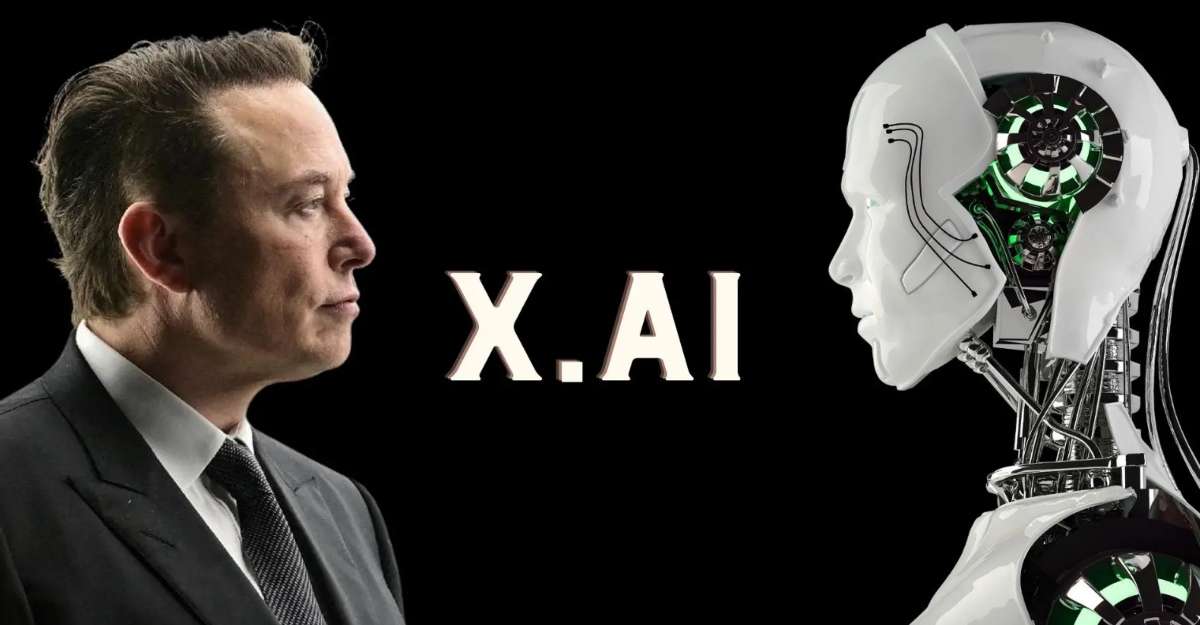ChatGPT, a groundbreaking AI chatbot, caught everyone’s attention when it was launched in November. Its success led tech giants to adopt generative AI rapidly, CEOs to evaluate labor needs, and AI stocks to rally. With its human-like responses, ability to generate code and essays, and even pass professional tests, ChatGPT was hailed as the next big thing, integrated into numerous apps and services. Just two months after its launch it reached an impressive milestone of 100 million monthly active users. However, recent data by Similarweb shows that ChatGPT’s traffic declined for the first time in June, indicating that the hype surrounding chatbots might be overblown and its limitations are becoming more apparent.
Decline in traffic
ChatGPT’s launch set off an explosion in the use of generative AI in various tasks, from writing to coding. Regular users and AI professionals alike praised it for its amazing capacity to participate in complicated conversations and pass professional exams. Chatbot’s popularity soared, making it the fastest-growing consumer application ever, boasting over 1.5 billion monthly visits and becoming one of the top 20 websites globally. A race to embrace AI’s transformational potential was sparked by this expansion among big tech companies like Google and Microsoft, which resulted in billions of dollars in investment.
The durability of ChatGPT’s performance, however, is now in doubt as recent data showed a drop in both monthly traffic and unique visitors for the first time in June. The worldwide desktop and mobile traffic of the ChatGPT website decreased by 9.7% in June as compared to May, while the proportion of unique visitors decreased by 5.7% and the time spent on the website decreased by 8.5%.
Issues with Generative AI
The release of the ChatGPT app for iOS, which had more than 17 million downloads worldwide, may be considered one reason for the decline in traffic diverting users from mobile and desktop browsers. Moreover, the development of alternative AI chatbots like Google’s Bard and Microsoft’s Bing chatbot might be contributing to the drop in ChatGPT’s traffic.
Another significant factor in ChatGPT’s potential challenges is the environmental impact as a result of training its GPT3 model. Researchers at the University of California Riverside and the University of Texas Arlington recently found that training GPT3 required a staggering 185,000 gallons of water, a wasteful environmental impact that raises concerns about the chatbot’s sustainability. Moreover, ChatGPT relies on human laborers, which might lead to unfair practices.
In fact, generative chatbots like ChatGPT have faced criticism for generating false information, a challenge that even tech giants like Google, Microsoft, and OpenAI have yet to fully address. Despite these challenges, interest in ChatGPT is still significant, as people become more familiar with generative AI, they might explore other AI tools, including image and video-generation software, potentially shifting away from ChatGPT.
In order to keep expenses down, OpenAI offers a free chatbot in addition to a paid subscription that gives users access to its GPT-4 model, which is its more advanced model. This subscription model has garnered significant interest, with approximately 1.5 million users signing up in the U.S., projecting revenue of $200 million for OpenAI this year. Additionally, OpenAI generates income by providing developers and businesses with API access to its AI models, in collaboration with a major investment from Microsoft.
ChatGPT’s rapid rise and recent challenges highlight the potential of generative AI in revolutionizing the future of computing. While it initially enjoyed success, a decline in traffic and revelations of limitations have raised questions about the chatbot’s long-term sustainability. The AI community must work towards addressing the issues of false information to unlock the potential of generative AI. Technological innovations, though promising, must evolve to meet user expectations.






